The tale of the Portuguese Rooster’s revenge is one steeped in folklore, cultural pride, and a touch of whimsy. It’s a story that has been passed down through generations, evolving from a local legend into a symbol of national identity. At its heart, the narrative revolves around a wronged rooster who, even in death, ensures justice is served. But to understand the full weight of this story, one must delve into its origins and the broader cultural significance it holds for Portugal.
The legend begins in the small town of Barcelos, nestled in the northern region of Portugal. According to the tale, a pilgrim passing through the town was accused of theft, a crime he vehemently denied. Despite his protests, he was sentenced to death by hanging. In a final act of desperation, the pilgrim turned to the judge who had condemned him and declared that, as proof of his innocence, a roasted rooster would crow at the moment of his execution. The judge, amused by the absurdity of the claim, dismissed it and carried on with the sentence.
As the story goes, when the pilgrim was about to be hanged, something miraculous happened. A roasted rooster, prepared for the judge’s dinner, suddenly stood up on the table and crowed loudly. The judge, stunned by this impossible occurrence, rushed to stop the execution. The pilgrim was spared, and the rooster became a symbol of divine intervention and justice. Over time, this tale transformed into the iconic Galo de Barcelos, the Barcelos Rooster, a colorful ceramic figurine that now stands as a national emblem of Portugal.
What makes this legend so enduring is not just its fantastical elements but the deeper themes it represents. The rooster’s revenge is not one of violence but of truth prevailing against all odds. It speaks to the Portuguese spirit of resilience and faith, particularly in the face of injustice. The rooster, often depicted in vibrant hues of red, green, and yellow, is more than a decorative item—it’s a reminder that even the smallest voices can demand accountability.
In modern Portugal, the Barcelos Rooster is everywhere. From souvenir shops to kitchen tiles, its image is a constant presence. It has become a cultural shorthand for luck, protection, and national pride. Tourists flock to Barcelos to see the iconic rooster statue in the city center, while locals embrace it as a part of their daily lives. The legend has even permeated popular culture, inspiring songs, artworks, and literature that reinterpret the tale for new audiences.
Yet, the story of the Portuguese rooster’s revenge is not without its controversies. Some scholars argue that the tale has been sanitized over time, stripped of its darker undertones to fit a more palatable, tourist-friendly narrative. Others point out that the rooster’s symbolism has been co-opted by commercial interests, reducing a powerful folk tale to a marketable trinket. Despite these criticisms, the legend’s core message remains intact: justice, no matter how delayed, will always find a way.
The rooster’s revenge is also a reflection of Portugal’s historical struggles. The country’s past is marked by periods of oppression, from the Inquisition to authoritarian rule. In this context, the rooster’s defiance takes on a broader meaning. It becomes a stand-in for the Portuguese people, who have repeatedly risen against injustice, whether political, social, or economic. The rooster’s crow is not just a call for one man’s innocence but a rallying cry for collective resistance.
Today, the Barcelos Rooster continues to evolve. Artists reinterpret its form, activists invoke its symbolism, and storytellers keep the legend alive. It’s a testament to the power of folklore—how a simple tale can transcend its origins to become something much greater. The Portuguese rooster’s revenge is no longer just a story; it’s a living, breathing part of the nation’s identity, a reminder that even in the face of adversity, justice will have the final say.
As the sun sets over Barcelos, casting long shadows over the rooster statue in the town square, one can almost hear the faint crow of a long-dead bird. It’s a sound that echoes through centuries, a reminder that some stories—like the quest for justice—never truly end. And so, the legend of the Portuguese rooster’s revenge lives on, as vibrant and defiant as ever.
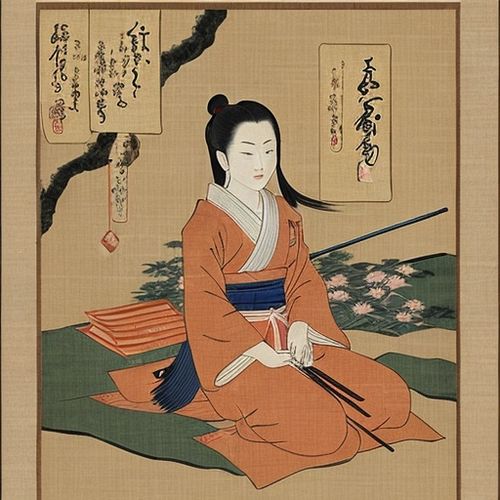
By Thomas Roberts/Apr 28, 2025
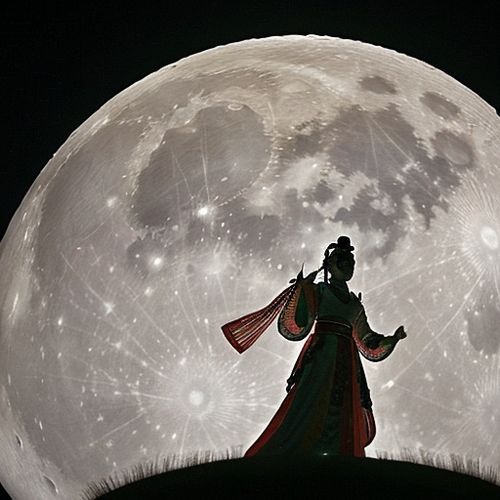
By Samuel Cooper/Apr 28, 2025
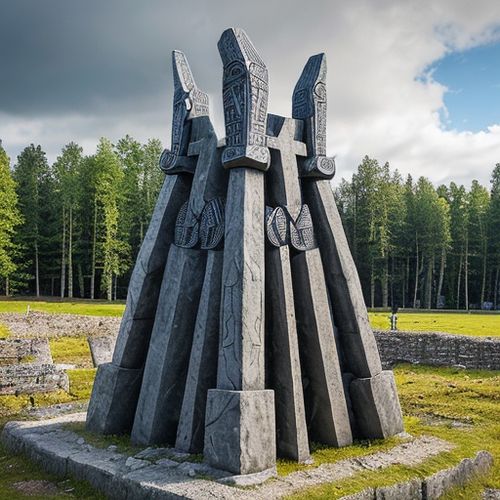
By Michael Brown/Apr 28, 2025
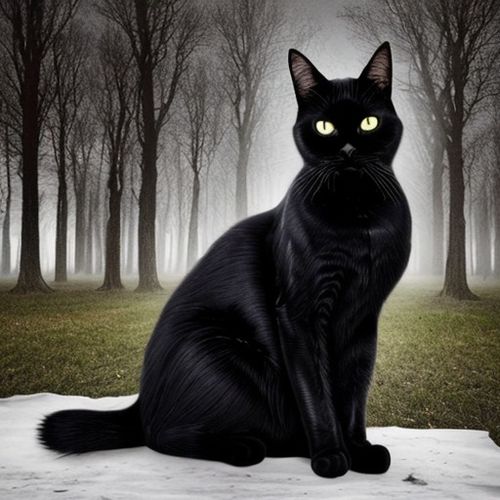
By Emily Johnson/Apr 28, 2025
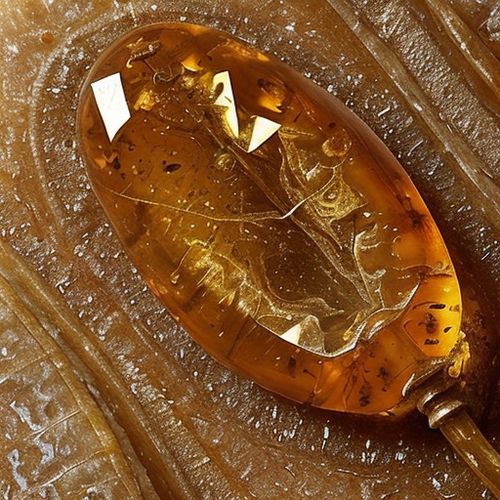
By Daniel Scott/Apr 28, 2025

By George Bailey/Apr 28, 2025
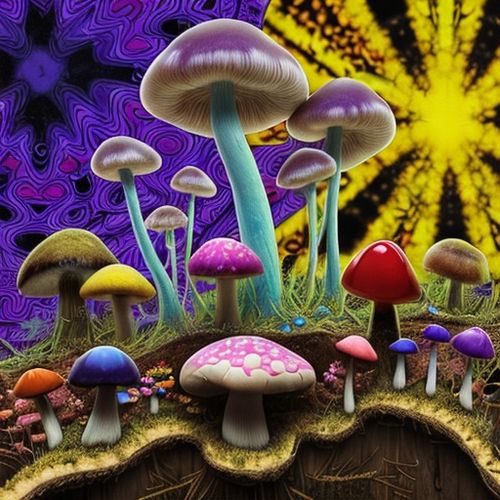
By Victoria Gonzalez/Apr 28, 2025
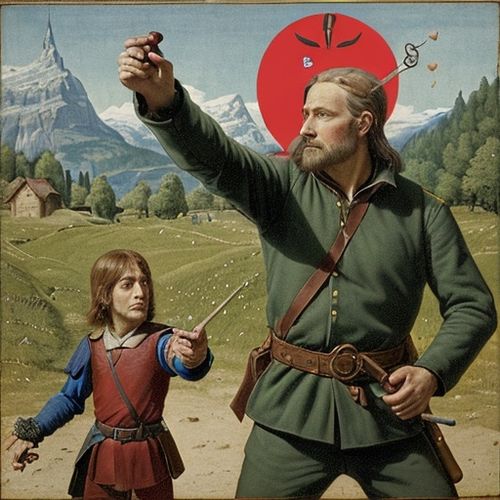
By David Anderson/Apr 28, 2025
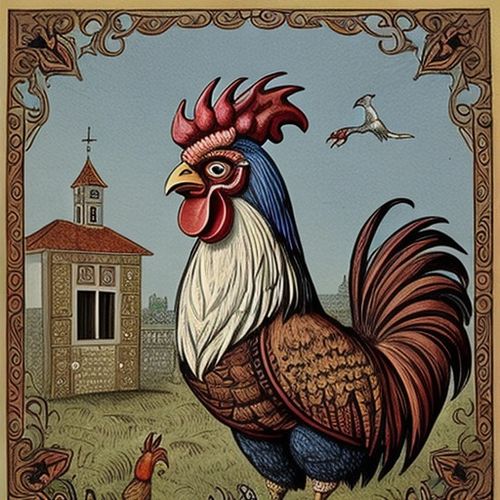
By Lily Simpson/Apr 28, 2025
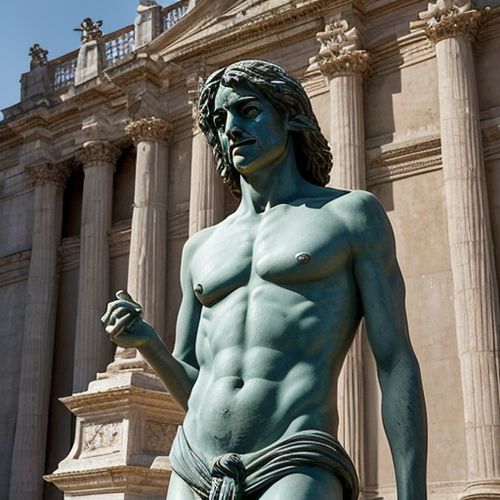
By Laura Wilson/Apr 28, 2025

By Benjamin Evans/Apr 28, 2025
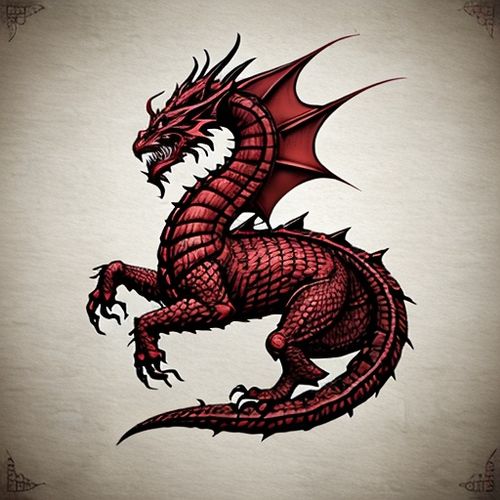
By Grace Cox/Apr 28, 2025

By Ryan Martin/Apr 28, 2025

By Daniel Scott/Apr 28, 2025
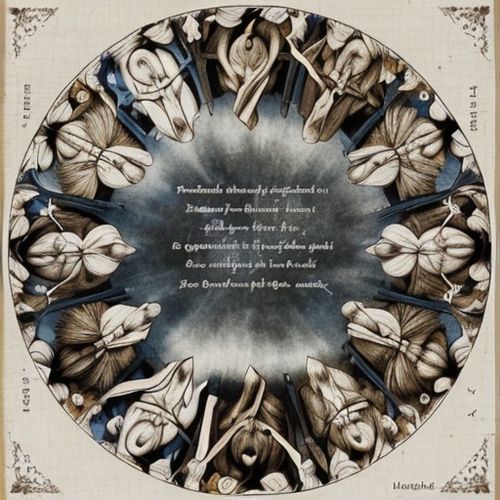
By Elizabeth Taylor/Apr 28, 2025
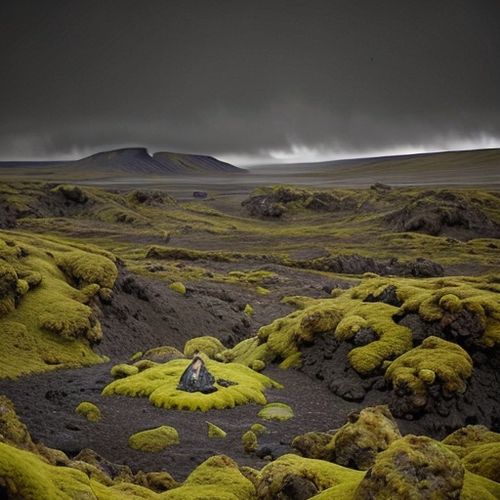
By Joshua Howard/Apr 28, 2025
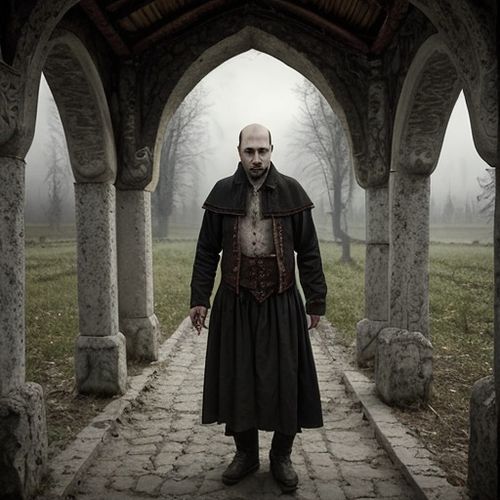
By Emily Johnson/Apr 28, 2025